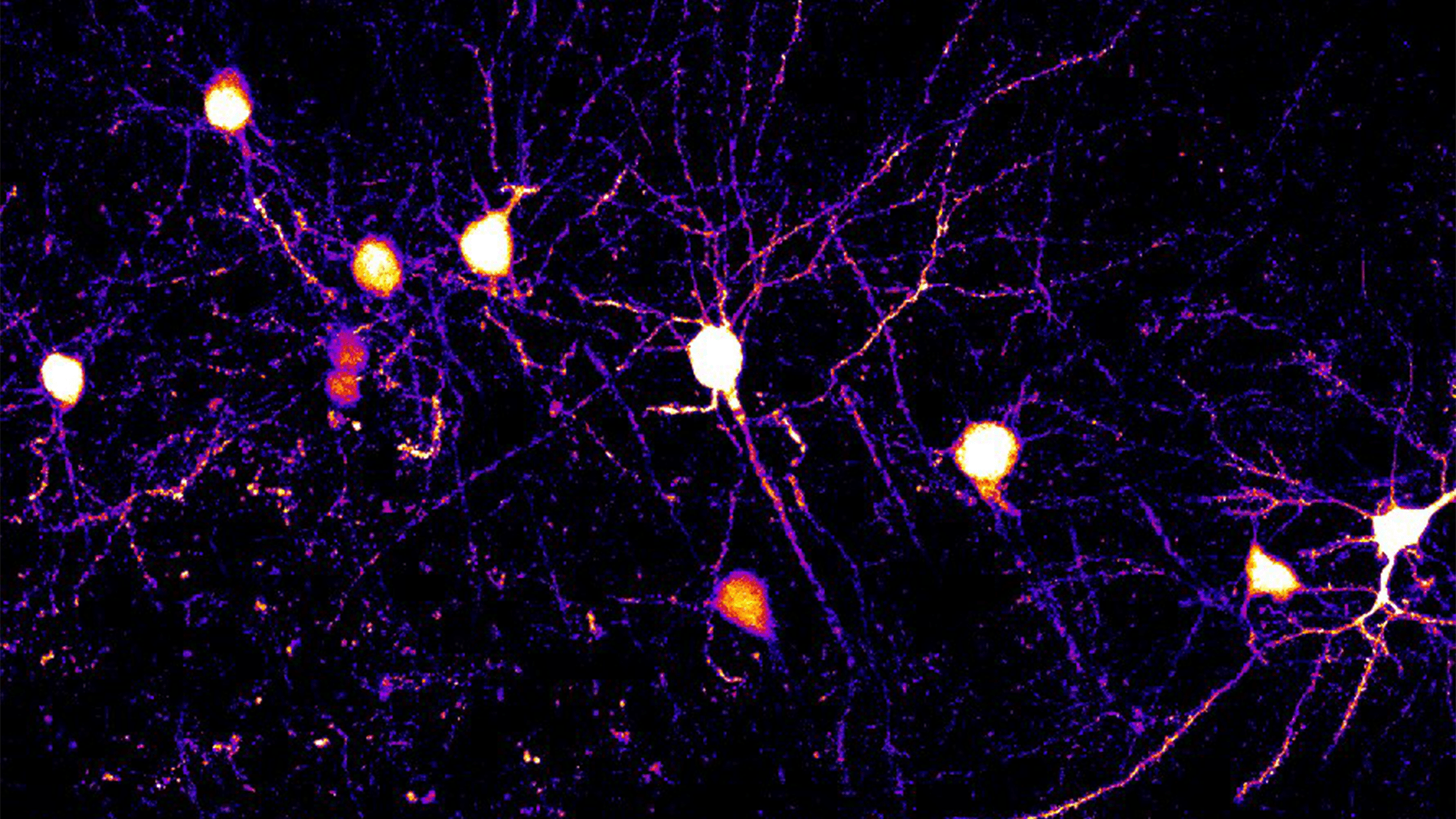Now Reading: Scientists Decode Mouse Learning at the Synapse Level
-
01
Scientists Decode Mouse Learning at the Synapse Level
Scientists Decode Mouse Learning at the Synapse Level

Rapid Summary
- Neuroplasticity: Describes the brain’s ability to adapt its neural circuitry by forming new connections, purging obsolete ones, and altering existing synaptic strength in response to environmental stimuli.
- New Study (April 17): Research published in Science explores neuroplasticity through experiments on mice learning a new task. Findings hint that a neuron’s shape might influence connection changes during learning.
- Experiment with Mice: Mice where taught to press a lever for rewards. Researchers used longitudinal in vivo two-photon fluorescence imaging to visually track synaptic changes at the individual level.
- Key Findings:
– Task-related changes localized primarily in the mice’s motor cortex and pyramidal neurons.
– Pyramidal neurons have distinct dendritic structures (“apical” vs. “basal”), with apical synapses more influenced by movement facts than basal ones.
– Dendritic structure may partly determine why specific neural connections are modified during neuroplasticity.
Indian Opinion Analysis
This study provides valuable insight into neuroplasticity, emphasizing how neural structures may impact learning processes both within animals and perhaps humans. While the findings focus on mice, they could provide frameworks for future studies surrounding human brain adaptability and cognitive advancement. India may find implications for its research institutions specializing in neuroscience, as further exploration of such mechanisms could deepen our understanding of diseases like Alzheimer’s or aid advancements in artificial intelligence modeling inspired by neural networks.
The study also highlights how science blends observation-based methodologies (like tracking specific cellular structures) with broader theories about individualized experiences shaping brain patterns. For Indian academia exploring interdisciplinary approaches between biology, technology, or psychology fields-especially groundbreaking techniques like fluorescence imaging-such research exemplifies opportunities for innovation that resonate globally.Read More























